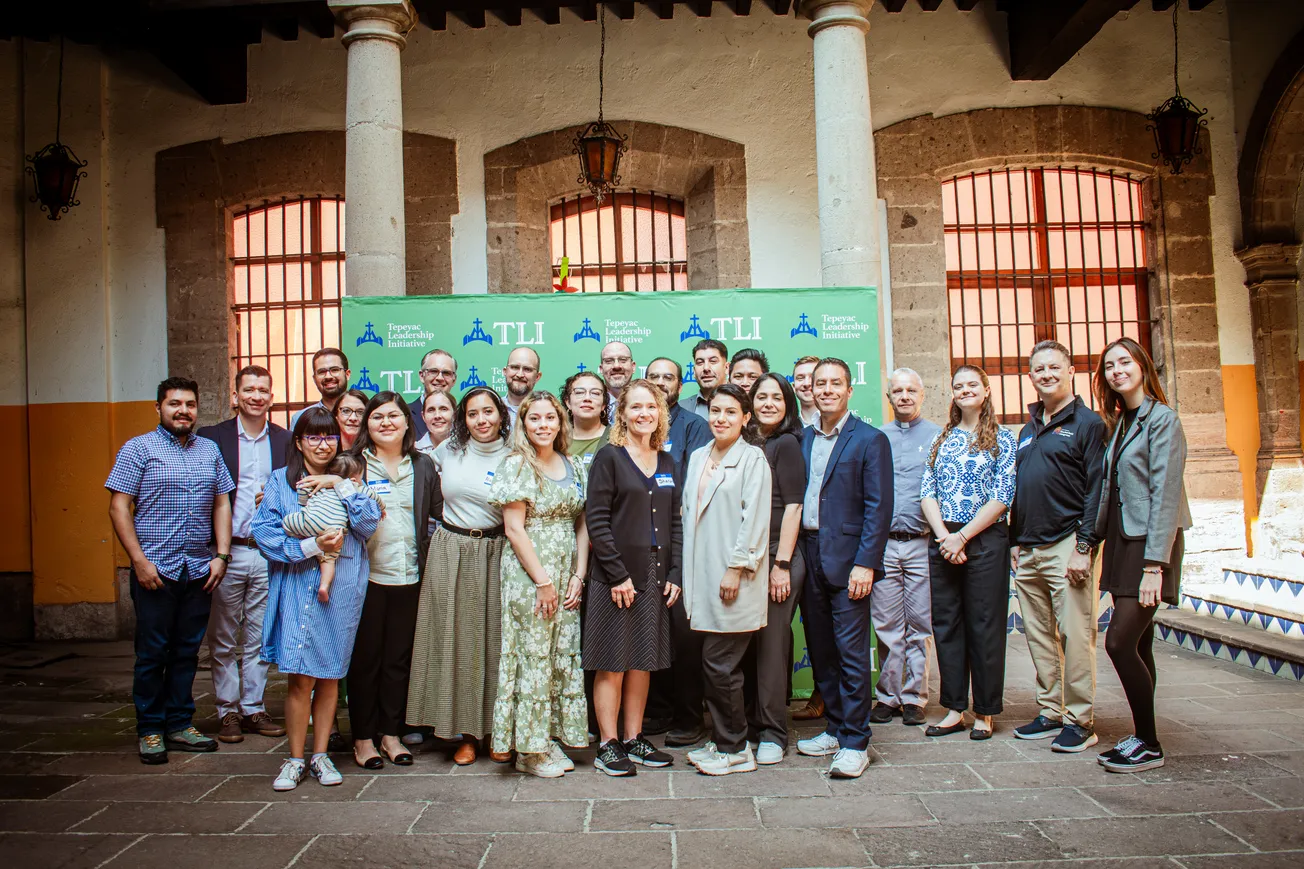Culture starts at the top. Most people in the career world know this. But for those who must lead a team it is not often clear just how to create and drive the desired culture from the top. Leaders want their teams to be actively engaged in the organization’s mission as well as being committed to it. Often, the organization’s mission has delineated a concrete desired culture to be cultivated in order to advance its mission. The desired culture commonly involves integrity, teamwork, excellence, to name a few popular attributes. Still, the constant question for an organization’s leader is how exactly do you get your team to engage and commit to the institutional mission through culture?
The answer: The leader must live and model the culture first.
Through my years in the leadership space, I have come to realize there are amazing parallels between the dynamics which take place in an organization’s team, regardless of its size, and the dynamics in the daily life of a family. In the end, a great team, one which successfully creates the positive culture it desires (to advance its mission) feels a lot like a family.
But let us get one thing out of the way. I won’t paint a picture of perfection for you as if that was ever realistic in institutional culture, just like it isn’t attainable in a family. There will always be a level of dysfunctionality in every family. This is the case within institutions too. It’s just part of human nature. That does not mean, however, that organizations should not or cannot strive for excellence in the pursuit of their mission. The key here is for each organization to commit to continued growth by learning from its past performance, particularly from mistakes, and by committing to continued and honest self-examination, identifying and acting on areas in need of improvement.
So, what type of culture does your organization have and want?
If a leader wants the organization’s team to commit to its mission and actively engage through its desired culture, the first step is to clearly define the mission. Back to our analogy of the family, if, for example, the Pereyra family decided to make their mission the following:
“To lovingly help each other to grow into the best version of him/herself for God’s greater glory, the sanctification of the family and of the world.”
Then, it would follow that everything around this organization (the Pereyra household) would need to be designed and oriented towards achieving that mission. This would lead to:
- Identifying potential obstacles which would prevent the organization from achieving its mission and eliminating them or substantially reducing them.
- Identifying factors which would likely contribute to or increase the likelihood of achieving its mission, and ensuring they were present in the organization.

Eliminating obstacles
Let’s remember the mission (read it again please). When it comes to eliminating potential obstacles, the organization would see media as a risk, due to their potential to blemish the family’s culture with negative influences. In this context, great thought must be put into the physical placement and availability of electronics or digital devices around the house. Thus, television sets and desk computers would be minimized, and their use restricted. They could be placed in common areas and not in private rooms. Additionally, house rules could be set to limit the number of hours children can access them. Perhaps, no TV during the school week. The actual programing or content could also be carefully screened and monitored. Similar policies would be put in place for the use of smart phones.
Leveraging opportunities
On the other hand, the dinner table, and the potential for the family meal to bring about unity, cohesiveness, and growth would be seen as a positive space (all would contribute greatly to advancing the mission). Again, let’s remember the mission. Management would need to commit to creating a bright and cheerful space for family meals. It would further invest in designating a fixed time of the day, or at least a fixed time each week, for family meals to take place. Significant effort and resources would be involved in preparing the family meal and the conditions for the family to eat together. Everyone in the team would be aware of the family meal’s connection with the mission and would be asked to commit to investing in it.
But so far, we have only spoken about the team’s environment and how to make it conducive to encouraging all team members to be more engaged and committed to the culture of the organization, along with its mission.
Earlier we said leadership starts at the top. But what does that mean?
In the example of the Pereyra household, in line with the organization’s mission, the head of the household must take the time to dissect the different elements of the organization’s mission and incorporate those elements into the culture he models for the team.
Breaking the mission apart that would mean…
“To lovingly help each other to grow into the best version of him/herself…”
The leader must find ways to show the members of his team, daily, his sincere love and interest in helping them grow into the best version of themselves. For a father, that is to guide the children with their homework, creating an environment conducive for studying and focused work. It could also mean offering words of encouragement and wisdom every time there’s an opportunity. For a mother, it could mean to teach the children to pray, praying with them, and finding ways to bring joy to occasions of prayer, like serving ice cream after the Rosary. For both parents, it could mean to teach and model good manners at the table.
“…for God’s greater glory,”
The leader must incorporate into the language and corporate lexicon of the organization, terms that foster the desired culture, towards its defined mission. In this case, during every team meeting, with every opportunity, God’s presence, His generous gift of life, and abundant graces for the Pereyra household must be constantly acknowledged. Every success must be dedicated to Him. With every fall or challenge, He must be the first to be invoked by the leadership.
“…the sanctification of the family and the sanctification of the world.”
If the mission is clear, and steps are taken to foster, create and maintain a culture conducive to that mission, that means every member of the team has internalized what the company is about. But not a single member of the team will do so if the leader has not done it first. For the Pereyra household, this could mean the father and mother understand their purpose in life is to be holy, the way Christ modeled in the beatitudes, making prayer a part of daily life, and availing the members of the household with the sacraments, especially the Eucharist and Reconciliation.
Ultimately for a lay Catholic leader, at home or at the office, it’s a matter of leading by example. All of the bases must be covered (creating a physical space conducive to the desired culture, eliminating potential obstacles), but a leader must above all internalize the organization’s mission, and intentionally live and model the culture he desires to foster in those he serves.
Cristofer Pereyra is the Chief Executive Officer for Tepeyac Leadership, Inc., a global non-profit organization dedicated to civic leadership development for lay Catholic professionals. Through its signature program, TLI, the organization provides a catalyst development experience which equips professionals to become virtuous leaders, influencing the culture and serving the common good. Pereyra’s professional career started in media, when he worked for Univision Communications as a television news reporter. He is happily married, and the father of four.
Check Out Our Sponsors:
Catholic Association of Latino Leaders
Catholic Cemeteries & Funeral Homes
Catholic Cemeteries & Mortuaries





